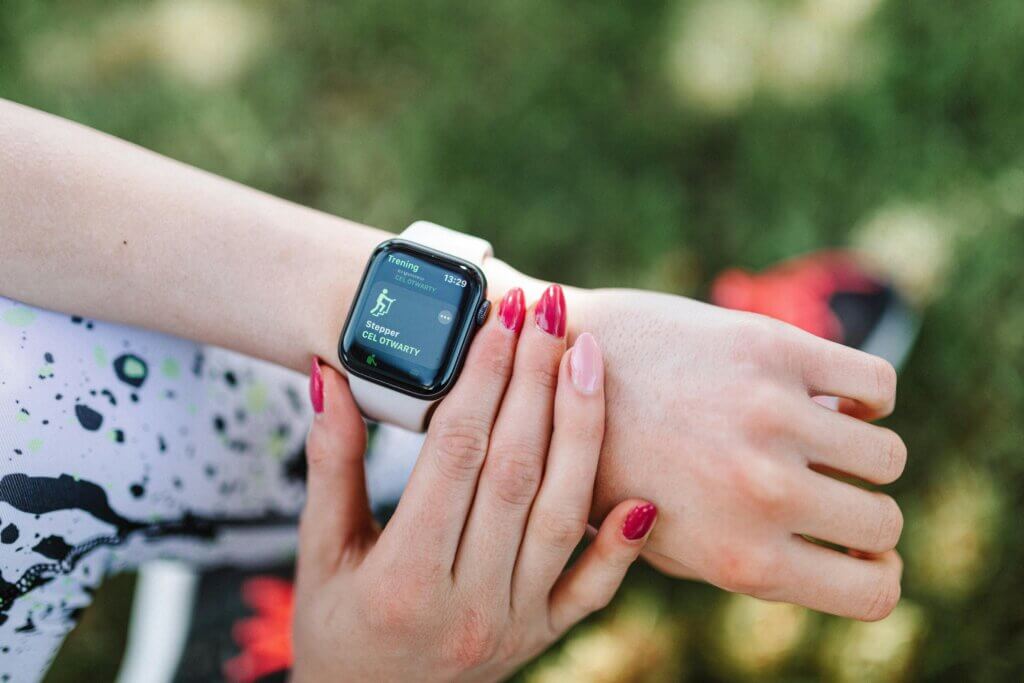Running is one of the most accessible and rewarding forms of exercise. It’s free, requires minimal equipment, and offers countless physical and mental health benefits. But if you’re new to running, the idea of how to start running, lacing up your shoes and hitting the pavement can feel overwhelming. Where do you start? How do you build stamina? And how do you stay motivated when your body is begging you to stop?

This beginner’s guide is here to help. Whether you’re looking to improve your fitness, lose weight, or simply enjoy the outdoors, this step-by-step guide will walk you through everything you need to know about how to start running for beginners. By the end, you’ll feel confident, motivated, and ready to take your first steps toward becoming a runner.
Why Running is Worth It: The Benefits of Starting Your Running Journey
Before we dive into the “how,” let’s talk about the “why.” Running isn’t just about burning calories or getting fit—it’s a transformative activity that can improve nearly every aspect of your life.
Physical Benefits of Running
- Boosts Cardiovascular Health: Running strengthens your heart, improves circulation, and lowers your risk of chronic diseases like heart disease and diabetes.
- Aids Weight Management: Running burns calories efficiently, making it a great tool for weight loss or maintenance.
- Builds Strength and Endurance: Regular running strengthens your muscles, bones, and joints, improving overall fitness.
Mental and Emotional Benefits
- Reduces Stress and Anxiety: Running releases endorphins, the “feel-good” hormones that help combat stress and boost mood.
- Improves Mental Clarity: Many runners report experiencing a “runner’s high,” a state of mental clarity and focus during or after a run.
- Builds Confidence: Achieving running milestones, no matter how small, can boost your self-esteem and sense of accomplishment.

How to Start Running for Beginners: A Step-by-Step Guide
Starting a running routine doesn’t mean you need to run a marathon right away. In fact, taking it slow is key to building stamina and avoiding injury. Here’s how to get started:
Step 1: Set Realistic Goals
Before you hit the pavement, take a moment to define your goals. Are you running to improve your fitness, lose weight, or train for a race? Setting clear, achievable goals will keep you motivated and focused.
Pro Tip: Start with small, measurable goals, like running for 10 minutes without stopping or completing a 5K in three months.
Step 2: Invest in the Right Gear
You don’t need fancy equipment to start running, but a good pair of running shoes is essential. Ill-fitting shoes can lead to discomfort and injuries, so visit a specialty running store to get fitted for the right pair.

What to Look for in Running Shoes:
- Proper arch support
- Cushioning for shock absorption
- A snug but comfortable fit
Step 3: Start with a Walk-Run Approach
If you’re new to running, jumping straight into long runs can be discouraging and hard on your body. Instead, try the walk-run method, which alternates between walking and running intervals.
Sample Walk-Run Plan for Beginners:
- Week 1: Walk for 4 minutes, run for 1 minute. Repeat for 20-30 minutes.
- Week 2: Walk for 3 minutes, run for 2 minutes. Repeat for 20-30 minutes.
- Week 3: Walk for 2 minutes, run for 3 minutes. Repeat for 20-30 minutes.
Gradually increase your running intervals as your stamina improves.
Step 4: Focus on Proper Form
Good running form can help you run more efficiently and reduce the risk of injury. Here are some tips:
- Posture: Keep your head up, shoulders relaxed, and back straight.
- Arm Movement: Swing your arms naturally at a 90-degree angle.
- Foot Strike: Aim to land midfoot, not on your heels or toes.
Step 5: Listen to Your Body
It’s normal to feel some discomfort when you start running, but pain is a warning sign. If you experience sharp or persistent pain, stop running and rest. Overtraining can lead to injuries like shin splints or runner’s knee, so it’s important to pace yourself.
Building Stamina: How to Go from Beginner to Confident Runner
Building stamina takes time, but with consistency and the right strategies, you’ll see progress faster than you think.

Tip 1: Follow the 10% Rule
A common rule of thumb for increasing mileage is the 10% rule: never increase your weekly mileage by more than 10% from the previous week. This helps prevent overuse injuries.
Tip 2: Incorporate Cross-Training
Cross-training activities like cycling, swimming, or yoga can improve your overall fitness and reduce the risk of injury. Plus, they add variety to your routine, keeping things interesting.
Tip 3: Fuel Your Body Properly
Running requires energy, so it’s important to fuel your body with the right nutrients. Focus on a balanced diet rich in carbohydrates, protein, and healthy fats.
Pre-Run Snack Ideas:
- A banana with peanut butter
- Greek yogurt with berries
- A small handful of nuts
Tip 4: Stay Consistent
Consistency is key to building stamina. Aim to run at least three times a week, even if it’s just for 10-15 minutes. Over time, those short runs will add up.
Staying Motivated: Tips for Overcoming Common Challenges
Starting a running routine is exciting, but staying motivated can be tough. Here’s how to overcome common challenges:
Challenge 1: Lack of Motivation
Solution: Find a running buddy or join a local running group. Having someone to hold you accountable can make a big difference.
Challenge 2: Plateaus
Solution: Mix up your routine by trying new routes, adding speed intervals, or signing up for a race.
Challenge 3: Bad Weather
Solution: Invest in weather-appropriate gear, like a waterproof jacket for rain or thermal layers for cold weather. Alternatively, try running on a treadmill.
Expert Insights: What the Pros Say
We reached out to certified running coach Jessica Smith for her top tips for beginners:
- Start Slow: “Many beginners make the mistake of running too fast, too soon. Focus on building endurance first, then work on speed.”
- Celebrate Small Wins: “Every step counts. Celebrate your progress, no matter how small.”
- Rest is Key: “Your body needs time to recover. Don’t skip rest days—they’re just as important as your runs.”
Final Thoughts: Your Running Journey Starts Today
Starting a running routine is one of the best decisions you can make for your health and well-being. Remember, every runner starts somewhere, and progress takes time. Be patient with yourself, stay consistent, and most importantly, have fun.
So, what are you waiting for? Lace up your shoes, step outside, and take that first step. Your running journey starts now.

